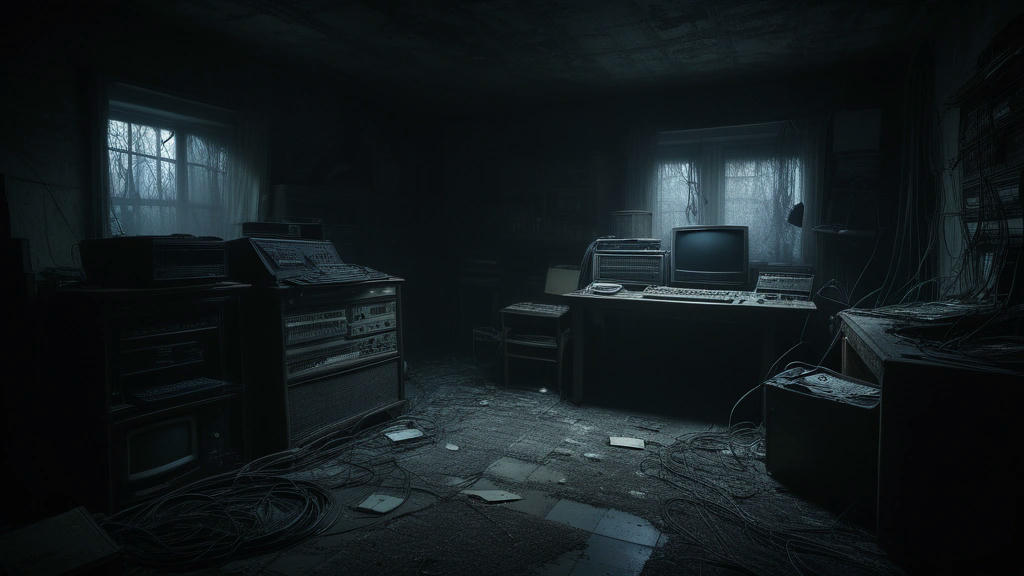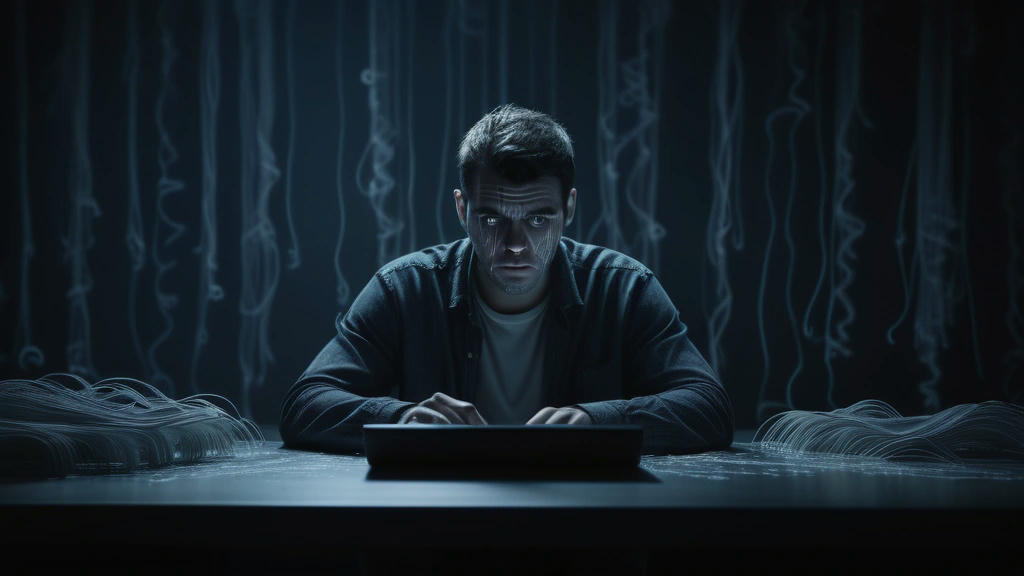In the dimly lit corners of the software development world, there exists a phenomenon that sends shivers down the spines of even the most seasoned programmers. It is not the fear of bugs or the dread of deadlines, but something far more insidious: haunted refactorings. These are the changes in code that, despite all logic and reason, seem to be possessed by a malevolent force, causing inexplicable errors and bizarre behaviors. This article delves into the eerie world of haunted refactorings, exploring their origins, manifestations, and the ways to exorcise these digital phantoms.
The Origins of Haunted Refactorings
Refactoring is a common practice in software development, aimed at improving the structure and readability of code without altering its external behavior. However, there are times when a seemingly innocuous change unleashes a cascade of unforeseen consequences. These haunted refactorings often have their roots in the following:
Legacy Code: Old codebases, often written by long-gone developers, can harbor hidden dependencies and undocumented features. Refactoring such code can disturb these hidden elements, leading to unexpected issues.
Complex Systems: In large, interconnected systems, a change in one part of the code can have ripple effects throughout the entire system. These interactions can be difficult to predict and control, resulting in haunted refactorings.
Human Error: Even the most meticulous developers can make mistakes. A small oversight or misunderstanding can introduce subtle bugs that are hard to trace and fix.
Technical Debt: Accumulated shortcuts and quick fixes can create a fragile codebase. Refactoring such code can be like pulling a thread from a delicate tapestry, causing the entire structure to unravel.
Manifestations of Haunted Refactorings
Haunted refactorings can manifest in various ways, each more perplexing than the last. Some common symptoms include:
Phantom Bugs: These are bugs that appear and disappear seemingly at random. They may be difficult to reproduce and often defy logical explanation.
Performance Anomalies: Refactoring can sometimes lead to unexpected performance issues. Code that once ran smoothly may suddenly become sluggish or unresponsive.
Intermittent Failures: Tests that once passed consistently may start failing intermittently. These failures can be challenging to diagnose and fix, as they do not occur reliably.
Unexpected Behavior: Refactored code may exhibit behavior that is inconsistent with its intended functionality. This can range from minor quirks to major malfunctions.
Regression Issues: Changes intended to improve the code can inadvertently reintroduce old bugs that were previously fixed.
Exorcising the Digital Phantoms
Dealing with haunted refactorings requires a combination of technical skill, patience, and a methodical approach. Here are some strategies to help exorcise these digital phantoms:
Comprehensive Testing: Ensure that you have a robust suite of automated tests that cover all critical functionality. This can help catch issues early and provide a safety net for refactoring.
Incremental Changes: Make small, incremental changes rather than large, sweeping refactorings. This makes it easier to identify the source of any issues that arise.
Code Reviews: Conduct thorough code reviews to catch potential problems before they make it into the codebase. A fresh set of eyes can often spot issues that the original developer missed.
Documentation: Maintain clear and up-to-date documentation of the codebase. This can help developers understand the existing structure and avoid disturbing hidden dependencies.
Pair Programming: Pair programming can help reduce the likelihood of human error and provide immediate feedback on changes.
Monitoring and Logging: Implement comprehensive monitoring and logging to track the behavior of the system in real-time. This can help identify and diagnose issues as they occur.
Conclusion
Haunted refactorings are a reminder of the complexity and unpredictability inherent in software development. While they can be frustrating and time-consuming to deal with, they also offer an opportunity for growth and learning. By approaching these challenges with a methodical and collaborative mindset, developers can exorcise the digital phantoms and create more robust and maintainable code.
In the end, the ghosts in the code are not so different from the ghosts in our own lives. They are the remnants of past decisions, the echoes of forgotten intentions, and the shadows of our own limitations. By facing them head-on, we can learn to navigate the haunted corridors of our codebases and emerge stronger and wiser on the other side.


